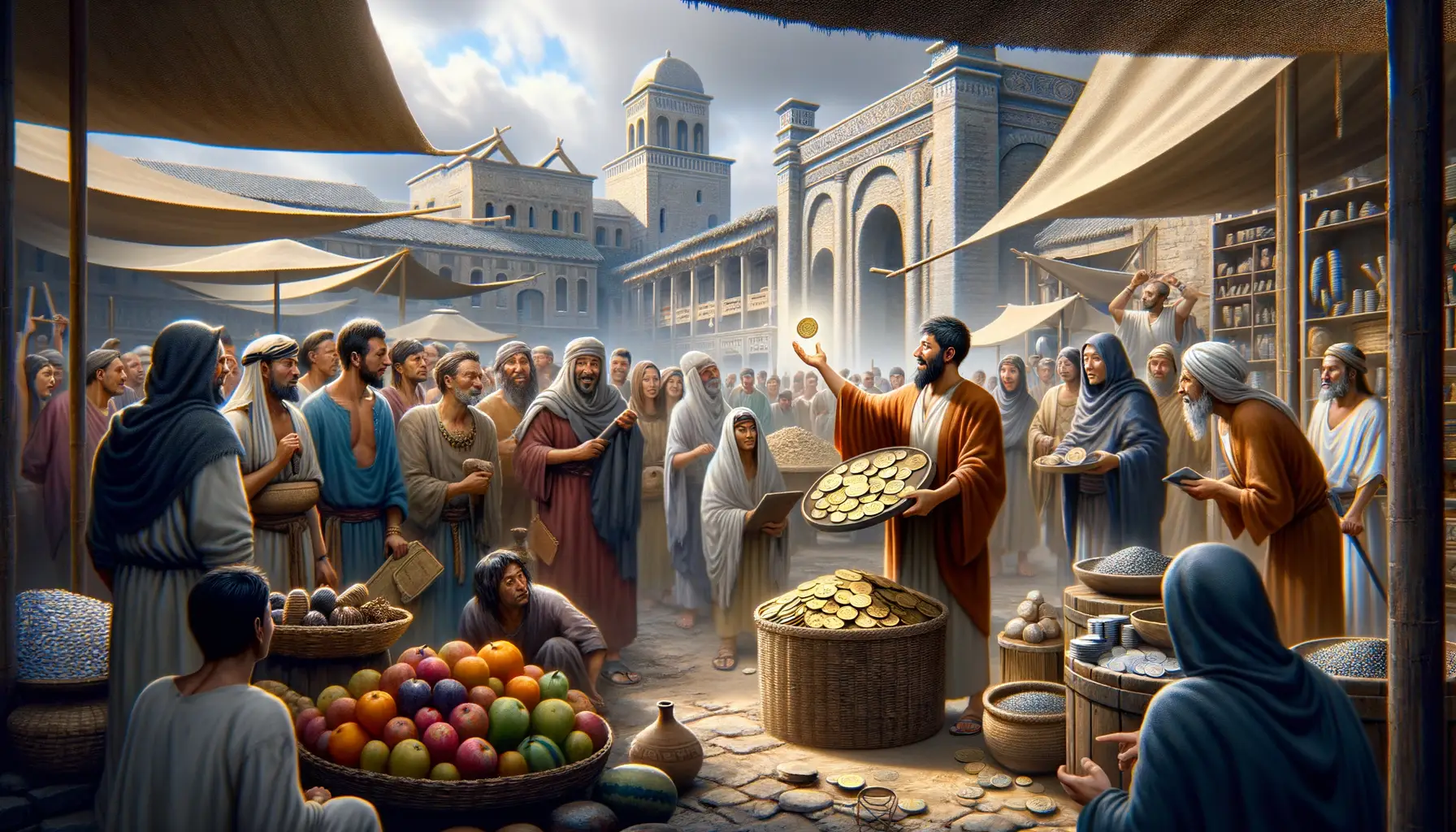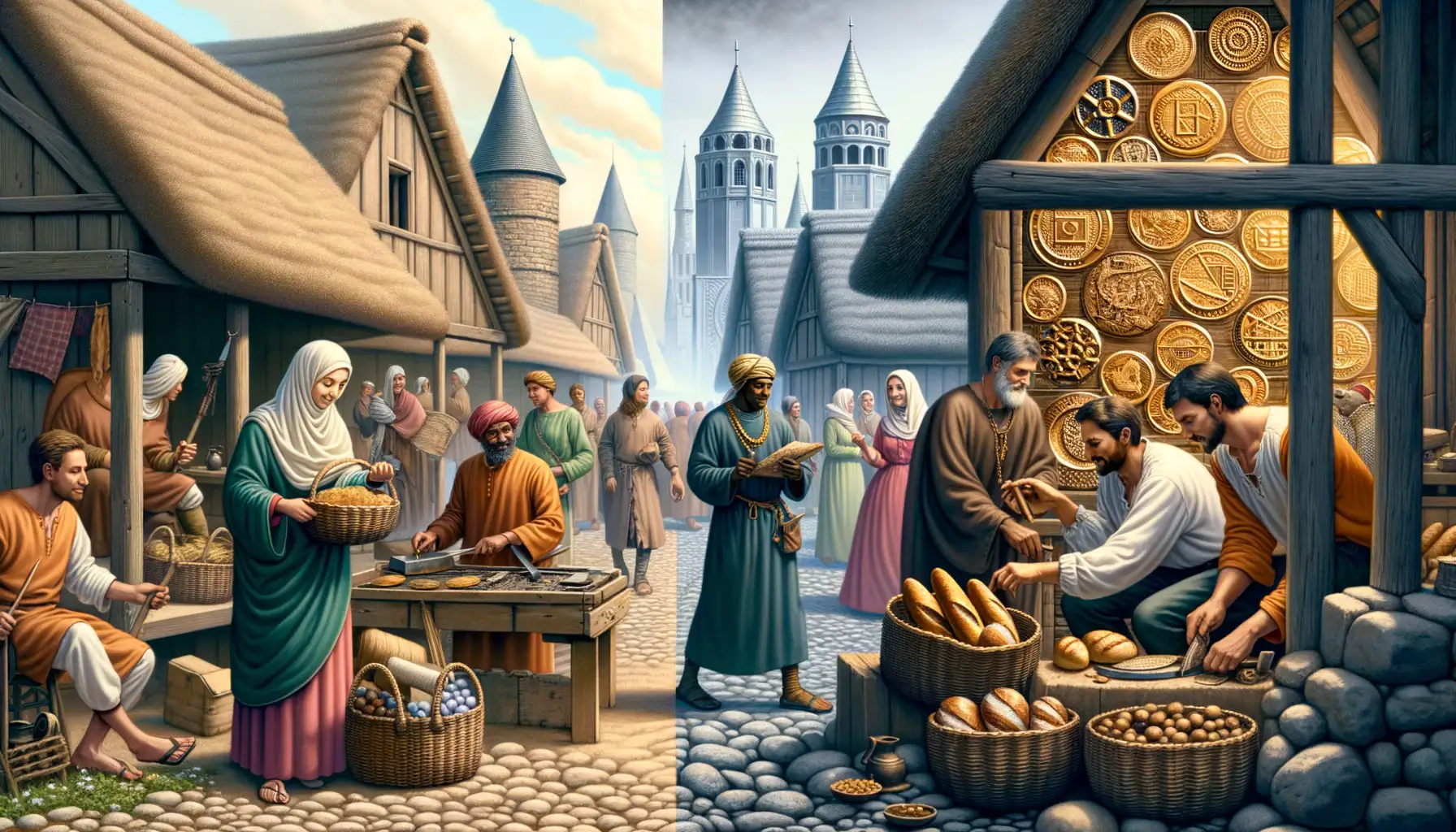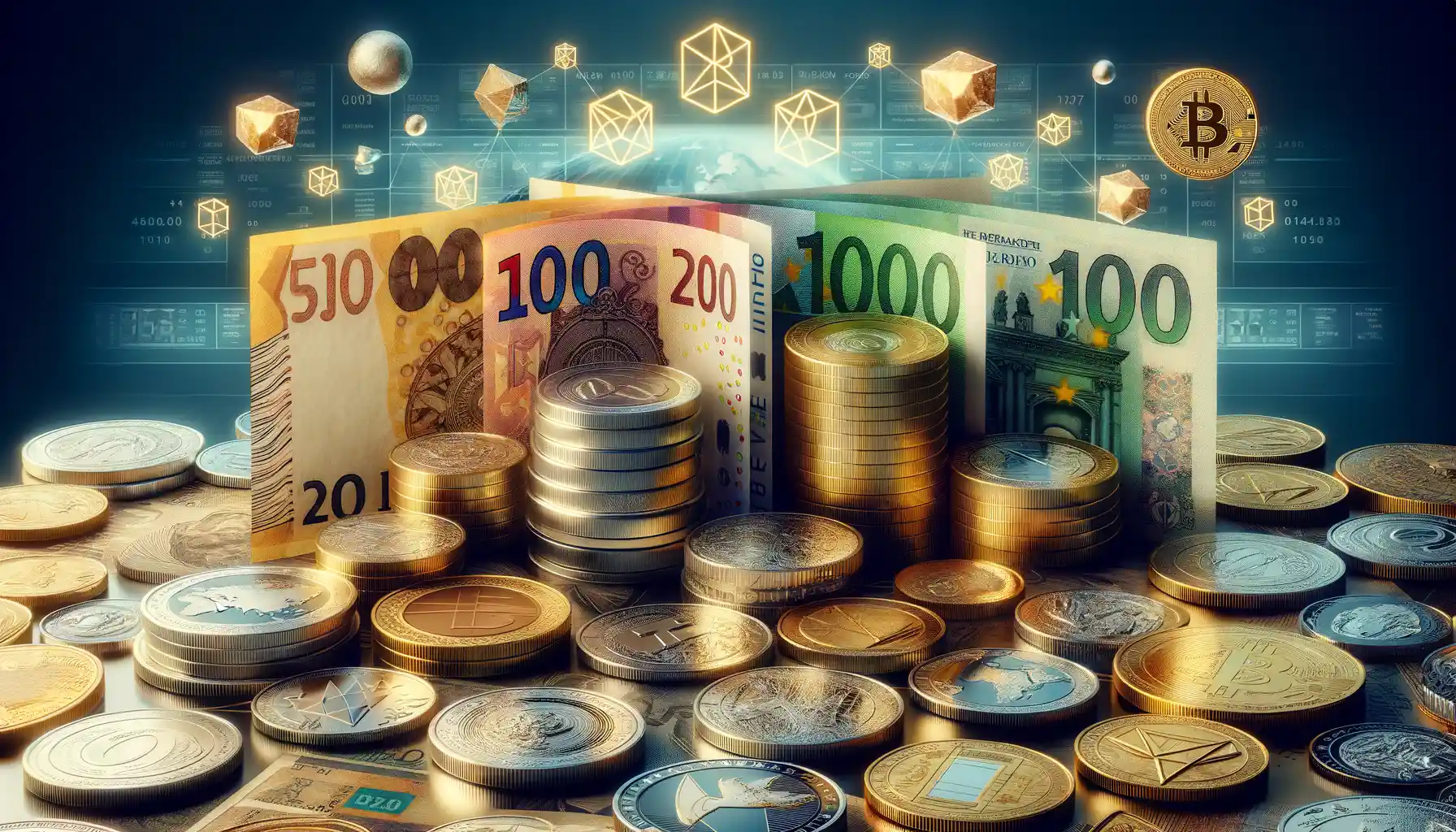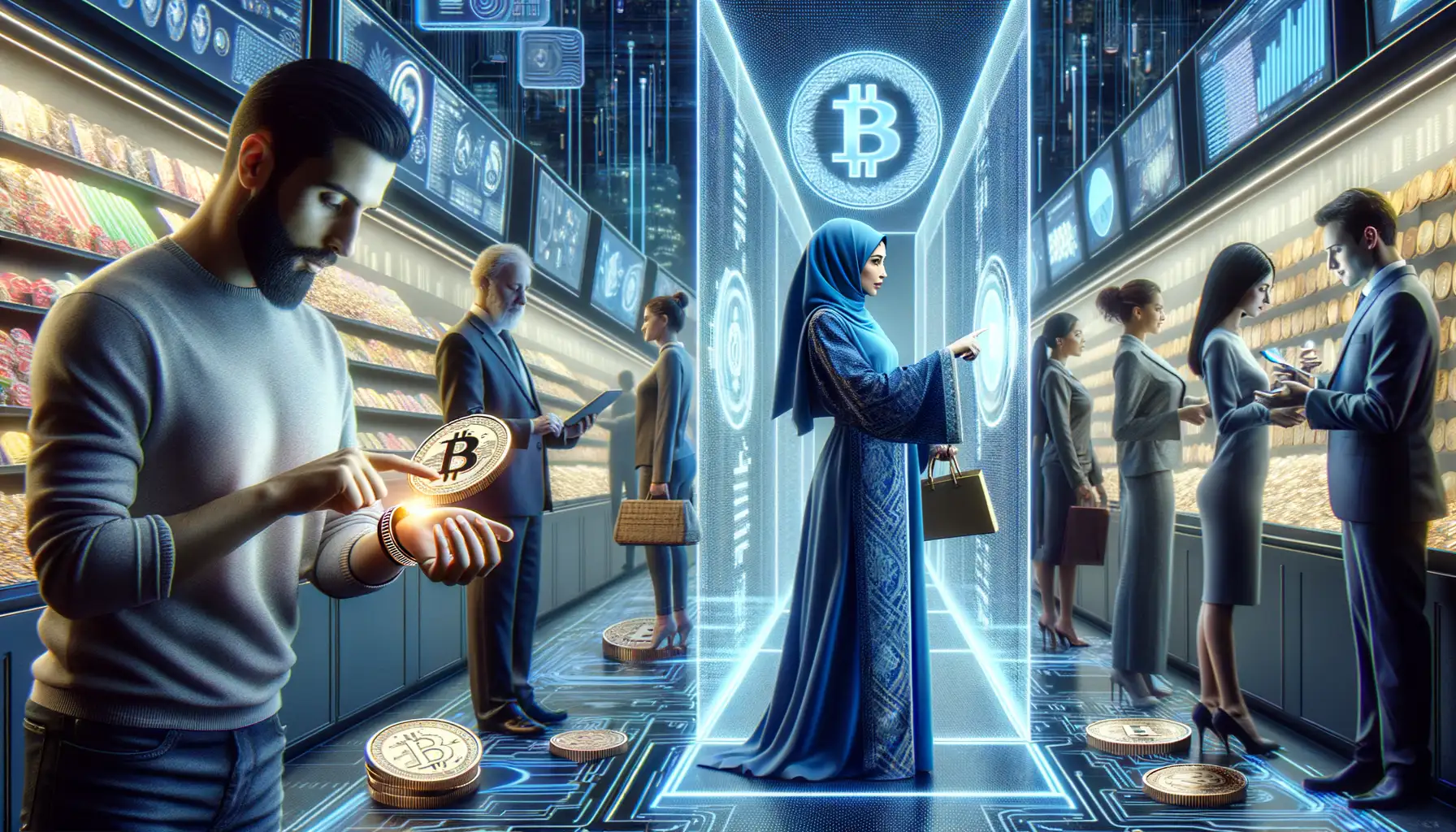Introduction to the History of Coinage
Coins have been in our pockets, purses, and piggy banks for so long that it’s easy to overlook how remarkable they really are. These small, shiny pieces of metal carry more than just economic value—they hold centuries’ worth of history, innovation, and even intrigue. Have you ever stopped to think about where that nickel or penny in your hand truly comes from? Let me take you on a quick journey back in time, where the story of coinage begins with human ingenuity and ambition.
The Spark of an Ingenious Idea
Picture ancient marketplaces bustling with energy. Farmers traded grain sacks for textiles, artisans swapped tools for pottery. It worked—well, sort of. But what happens when the shoemaker wants salt, and the salt merchant needs goats instead of sandals? Enter coins: humanity’s way of solving the problem of awkward bartering. The idea was revolutionary. Around 600 BCE, the first known coins made of a mix of gold and silver (electrum) emerged in Lydia, an ancient kingdom in modern-day Turkey. It wasn’t just money—it was a symbol of trust and a game-changer for trade.
More Than Metal: Coins as Storytellers
Every coin tells a tale. Flip one over, and you might see the face of a ruler, a divine symbol, or an emblem of power. These weren’t just practical tools; they were tiny, portable billboards flaunting a civilization’s culture, achievements, and political might. Imagine holding an Athenian tetradrachm adorned with the majestic owl—a beacon of wisdom and strength—or a Roman denarius stamped with the profile of Julius Caesar himself. Coins became more than currency; they were ambassadors of an era.
- They standardized value, making trade faster and less disputable.
- They spread ideas, art, and propaganda across empires.
As simple as they might appear, coins begin their life as the unsung heroes of commerce and communication. Even today, each one feels like a little piece of history we carry in our pockets.
The Birth of Coinage in Ancient Civilizations

When Metal Became Money: A Revolutionary Leap
Imagine standing in a bustling ancient marketplace, the air thick with the scent of spices and livestock. For centuries, barter had ruled—trading grain for pottery or goats for cloth. But then, something extraordinary happened. Civilizations like the Lydians in what is now Turkey decided to change the game with tiny, stamped pieces of metal: coins. It was a spark of genius that reshaped the world.
The earliest coins, made of an alloy called electrum (a mix of gold and silver), weren’t just currency; they were symbols of power and trust. Kings and city-states minted coins bearing their marks, a guarantee of value that spoke across cultures. No more haggling over how much your goat was worth compared to someone’s wheat—they created a universal language of trade.
- The first coin? Likely minted by King Alyattes of Lydia around 600 BCE.
- Shapes varied — some round, others square, and even irregular blobs.
- Designs showcased gods, animals, and rulers, each telling a unique story.
It wasn’t just about convenience; it was a shift in thinking. Suddenly, wealth could be measured, saved, and carried in your pocket—a revolutionary concept that spread like wildfire through ancient Greece, Persia, and beyond. Coins didn’t just buy goods; they built empires.
Medieval Advancements and the Spread of Coins

The Spark of Ingenuity in Medieval Coinage
The medieval era was a time of transformation, a period when coins truly began to travel—crossing borders, cultures, and even oceans. Imagine dusty trade routes buzzing with life, where merchants jingled leather pouches filled with newly minted treasures. The coins themselves became storytellers, stamped with symbols of power, religion, and art that mirrored the evolving ambitions of kingdoms.
During this time, Europe saw the rise of specialized minting techniques. Innovations like the **milling process** emerged, crafting coins with intricate edges to prevent dishonest practices like shaving. This leap forward wasn’t just practical—it was poetic. These coins didn’t just *function*; they dazzled.
How Coins Became Global Travelers
The spread wasn’t accidental. Crusades, trade expeditions, and even pilgrimages carried currency farther than ever before. Imagine:
- *Arab dinars* landing in the markets of Venice.
- *Byzantine solidus* influencing designs as far north as Scandinavia.
- Even the humble **penny** from England finding a new home in bustling European fairs.
In these glittering rounds of metal, you don’t just see commerce—you see the fingerprints of a world growing smaller. They were ambassadors of culture, silently crossing boundaries where words could not.
Modern Developments in Coinage and Currency

The Shift to Precision: Coins in the Industrial Age
When the Industrial Revolution roared to life, it didn’t just transform factories and cities—it revolutionized how we make money, too. Minting technology no longer relied on hammering or simple molds. Instead, complex machines brought unparalleled *precision* to coins. For the first time, every edge of a coin could be engraved with intricate patterns, making counterfeiting a tougher nut to crack. The introduction of **milled edges**, like the ridges on today’s quarters, meant counterfeiters couldn’t shave off tiny bits of precious metal without getting caught red-handed. Brilliant, isn’t it?
And then, there was the rise of bimetallism—an era where silver and gold worked together as the backbone of currency. Nations around the globe hustled to strike the right balance between these metals to stabilize economies. The results? Coins that were not just money but gleaming works of art.
From Paper to Polymers: A Bold Leap Forward
Modern currency isn’t all about coins; paper money decided to get in on the innovation, too. But let’s be honest—traditional paper notes had their issues. They wore out quickly, tore easily, and were prone to faking. Enter **polymer banknotes**, a game-changer introduced in the late 20th century. These futuristic notes are waterproof, far more durable, and packed with high-tech security features like transparent windows and holographic strips.
Meanwhile, coins also went through a makeover. Today, many countries use **composite coins**—crafted from different metals layered together for durability and cost-effectiveness. Functional and beautiful, they reflect the spirit of modern design and practicality.
- Micro-engraving, UV light-sensitive ink, and even tactile markings for the visually impaired are now currency staples.
- Did you know your change could contain commemorative pieces? Many nations create limited-edition coins honoring events, figures, or causes.
It’s astounding how something as small as a coin can carry so much history, ingenuity, and artistry—all while jingling in your pocket!
The Future of Coinage in a Digital Age

Are Physical Coins Facing Extinction?
Picture this: your pocket jingling with coins, a sound that’s been part of human experience for millennia. But today, that familiar clink-clank seems to be fading. In an era dominated by QR codes, cryptocurrencies, and tap-and-go payments, it’s worth asking—are we witnessing the twilight of physical coinage?
The shift toward digital is undeniable. More of us are embracing the simplicity of a single click or smartphone tap. Why carry a handful of quarters when apps like Venmo or Apple Pay let you split a dinner bill instantly?
But here’s the twist—physical coins aren’t entirely out of the picture just yet. Look at how collectors still treasure rare editions, or how some vending machines stubbornly refuse anything but loose change. Coins remain cultural artifacts, tied to national identity and history. Will digital alternatives ever evoke the same emotional connection as holding a shimmering Liberty Dollar or a commemorative special edition coin? It’s doubtful.
- Blockchain-based currencies like Bitcoin and Ethereum promise decentralized ease—but can they feel personal?
- Central Bank Digital Currencies (CBDCs) could bridge tradition and tech, offering a state-backed solution.
Change is coming, but perhaps not in the way you’d expect. The future of coinage could be less about disappearance, more about reinvention.